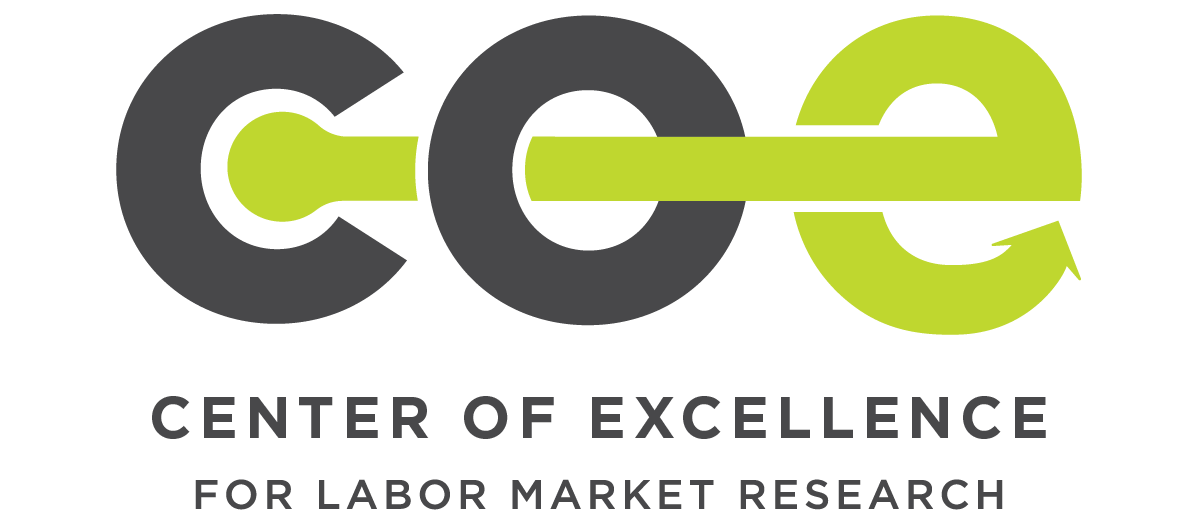Innovative Water/Wastewater Study Spurs Positive Workforce Outcomes
A wide-ranging and detailed report by the Centers of Excellence for Labor Market Research (COE) on the water/wastewater industry has had far-reaching impacts that continue to be realized a year after its release.
The California Workforce Needs in the Water/Wastewater Industry report highlights promising strategies toward meeting an anticipated wave of hiring in the industry and diversifying the workforce. Conducted by the Orange County and San Diego/Imperial Centers of Excellence, it is the first study of its kind to include a comprehensive review of workforce needs for mission-critical occupations in the water/wastewater industry.
“Water is complicated. Community colleges are complicated. Career education is complicated,” said Tiffany Baca, public affairs manager for the Municipal Water District of Orange County and executive director of the Water Energy Education Alliance (WEEA), a partner on the project. “This study was the cornerstone that we needed to help unify our efforts.”
The goal of the study was to deliver a detailed overview of California’s water/wastewater labor market with recommendations that stakeholders could apply to ensure a sustainable workforce.
Studies had been conducted on a piecemeal basis previously, focusing on smaller subregions or service areas, Baca said.
But a larger, more rigorous data-driven study incorporating mixed methods was required to gauge workforce needs across the state.
“We purposely triangulated the data in order to validate the findings,” said Dr. Jesse Crete, director of the Orange County COE. “That’s the backbone of the study, and why we feel the recommendations have been so impactful.”
The research team spent 15 months collecting data and engaging industry professionals, educators, and policymakers, including the State Water Resources Control Board. The team implemented an industry survey that garnered nearly 550 responses and was designed specifically to measure current and future workforce needs. Additionally, the study focused on mission-critical occupations, which are defined as essential positions in water and wastewater operations that are difficult to fill and typically require at least a high school diploma.
“This study stands out as a great example of workforce research and collaboration,” said State COE Director Laura Coleman. “The research team was able to collect information from a diverse array of stakeholders and provide insights into the future of California’s workforce landscape within a sector crucial to our everyday needs.”
The significance of the report lies not only in its comprehensive scope but also in its innovative approach to identifying workforce challenges. For example, drawing upon job posting data, the study identifies the top 10 skills associated with each mission-critical occupation. However, the study shows that a misalignment appears to exist between the skills being advertised in job postings and the skills required for mission-critical occupations, suggesting that this may be contributing to difficulty hiring qualified employees.
Another key finding from the study shows the important role that community colleges play in preparing the water/wastewater industry’s future workforce. Examining postsecondary awards data shows community colleges account for 71% of the supply from educational institutions in California for all but one mission-critical occupation.
Baca said she views the report as an important step toward improving the strength and resiliency of the future water/wastewater workforce. She has presented the report’s findings and recommendations at a number of conferences and convenings and created a brochure with 100,000 copies distributed in nine languages.
The discussions spurred by the report have resulted in new partnerships and training opportunities. This form of engagement has helped break down barriers, build credibility, and improve access to resources and information, Baca said.
One of the most useful aspects of the report has been the framework it lays out focusing on four priority recommendation areas that address awareness, diversity, partnerships, and skills, Baca said. The framework has provided a robust foundation for future workforce development strategies and inspired the current collective effort to proactively address workforce needs .
“This is a systems-thinking approach. It allows us to think further than the report itself,” she said. “It’s a holistic approach to workforce development, education, and industry awareness.”
Access resources from the study in this collection.
